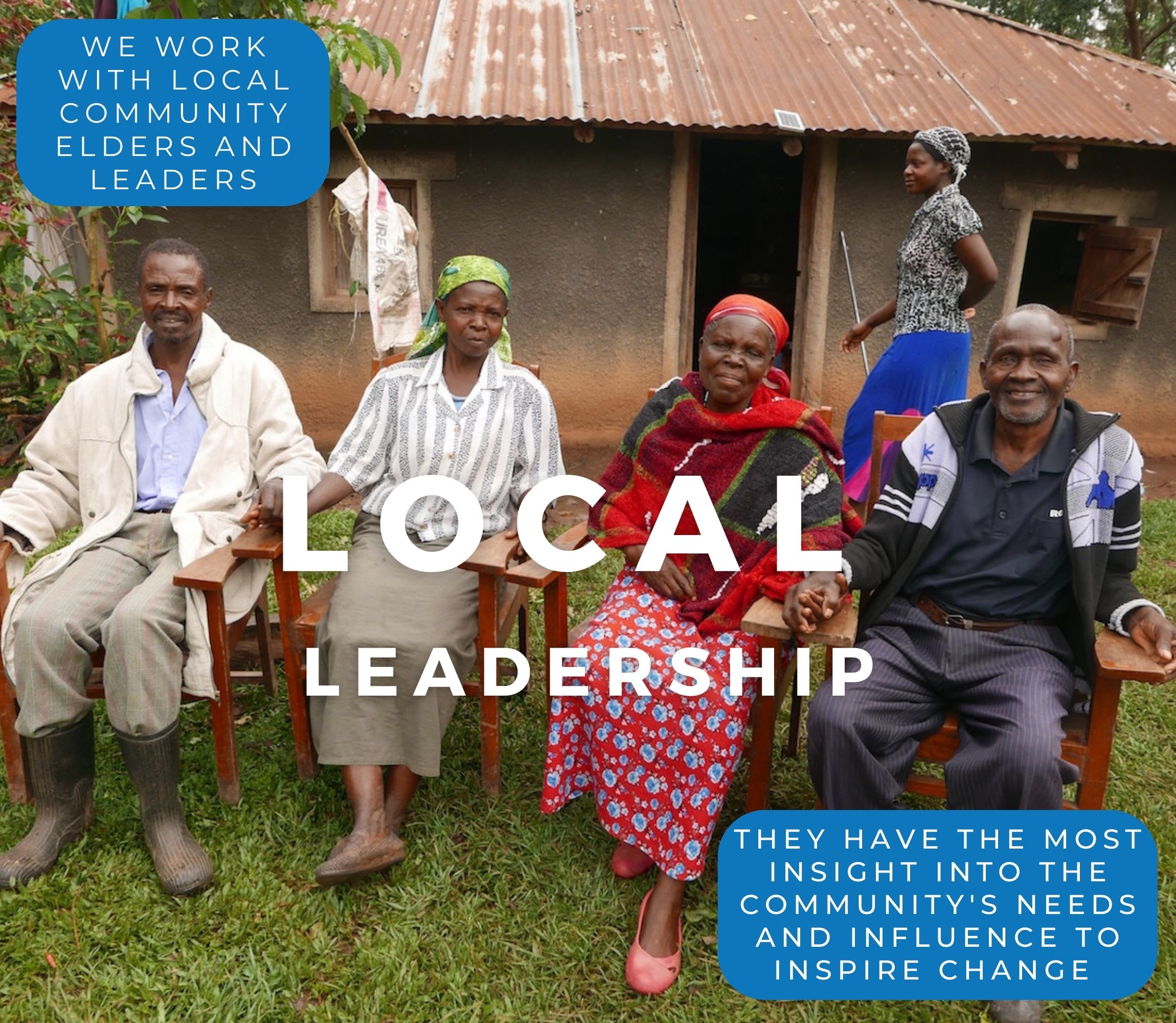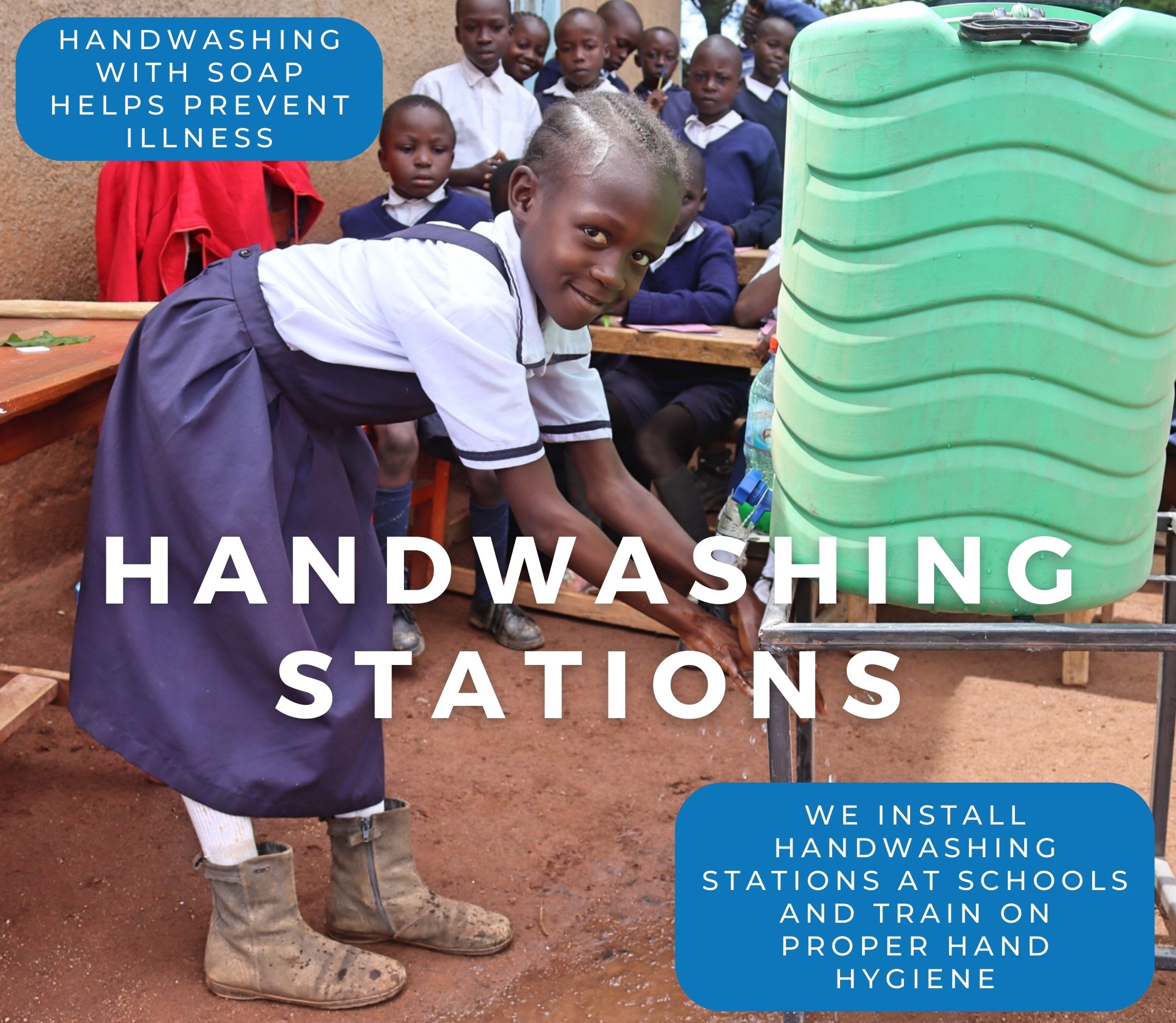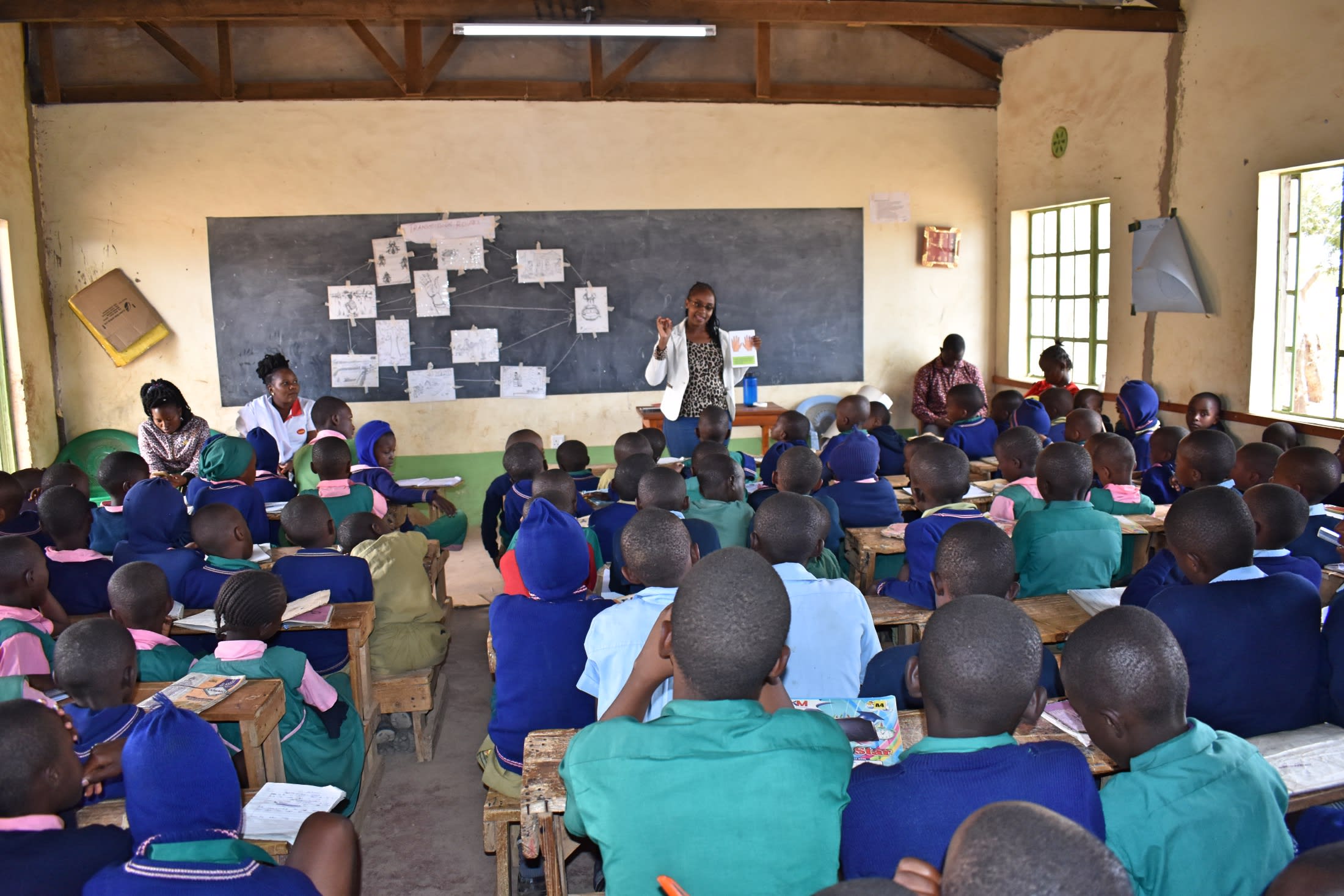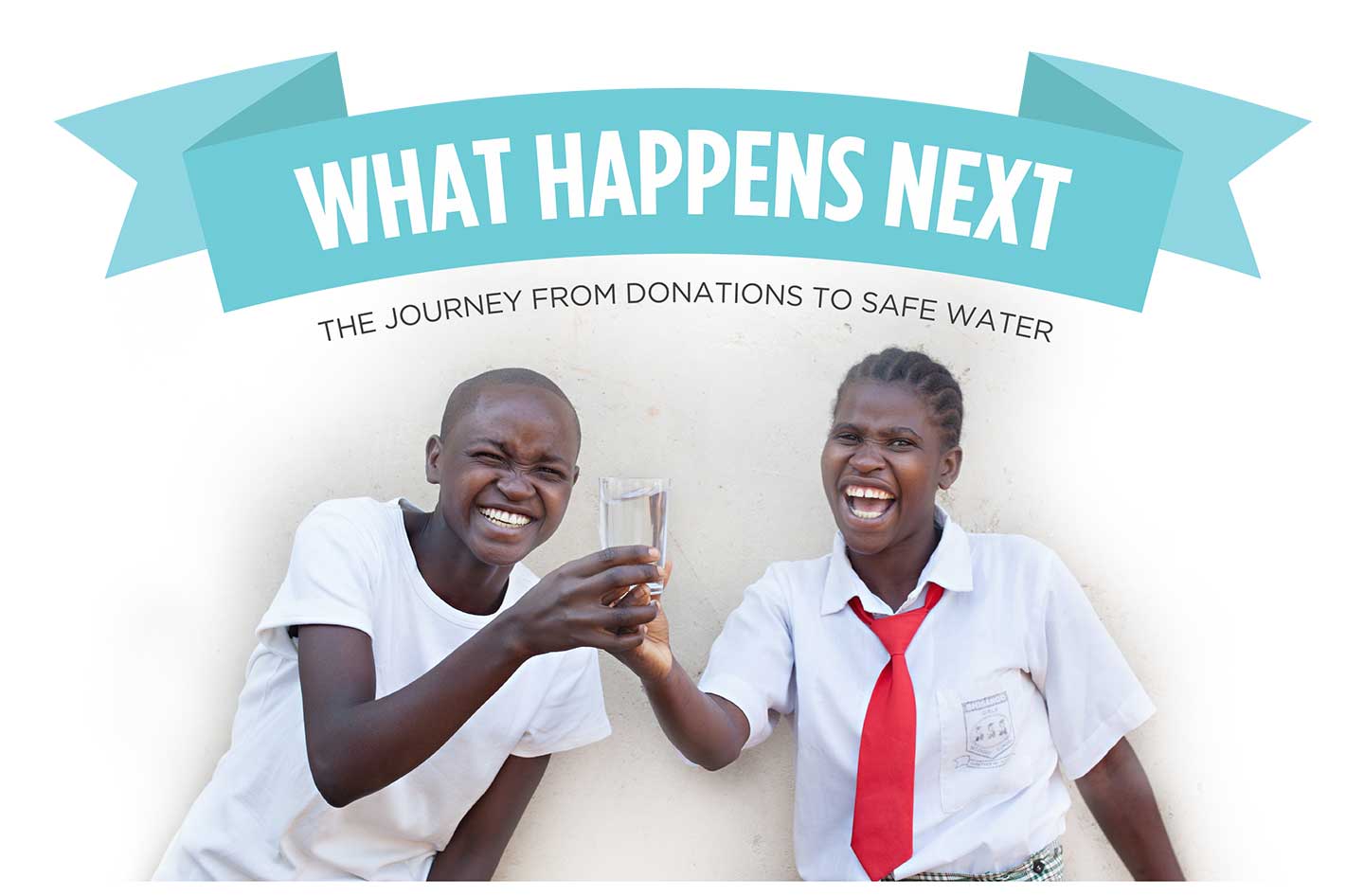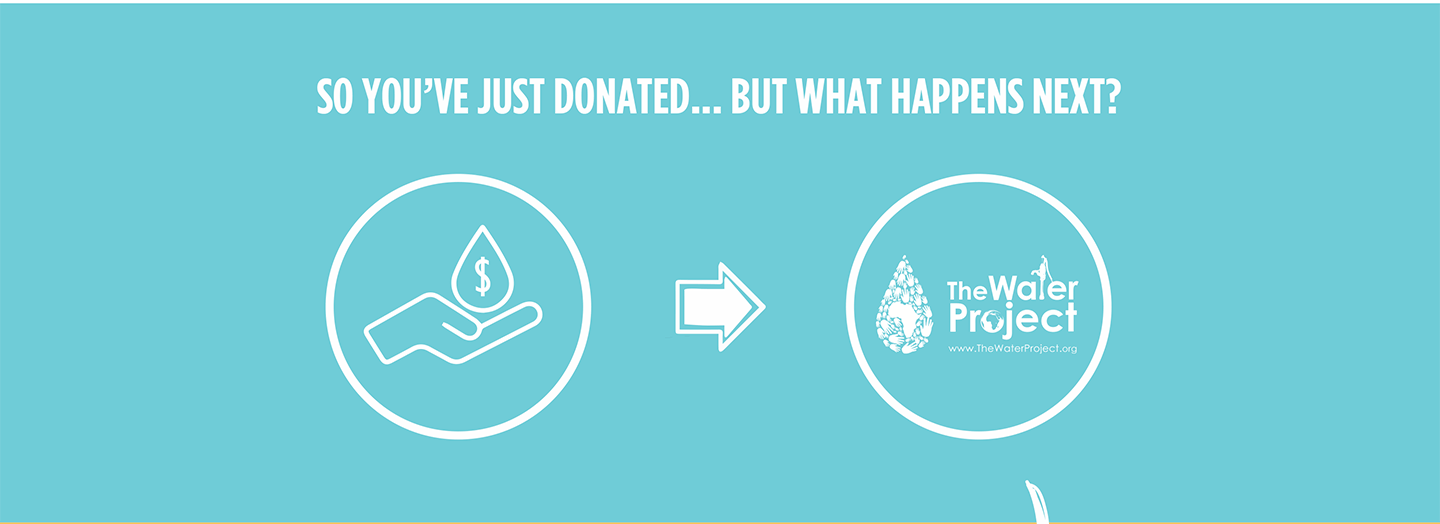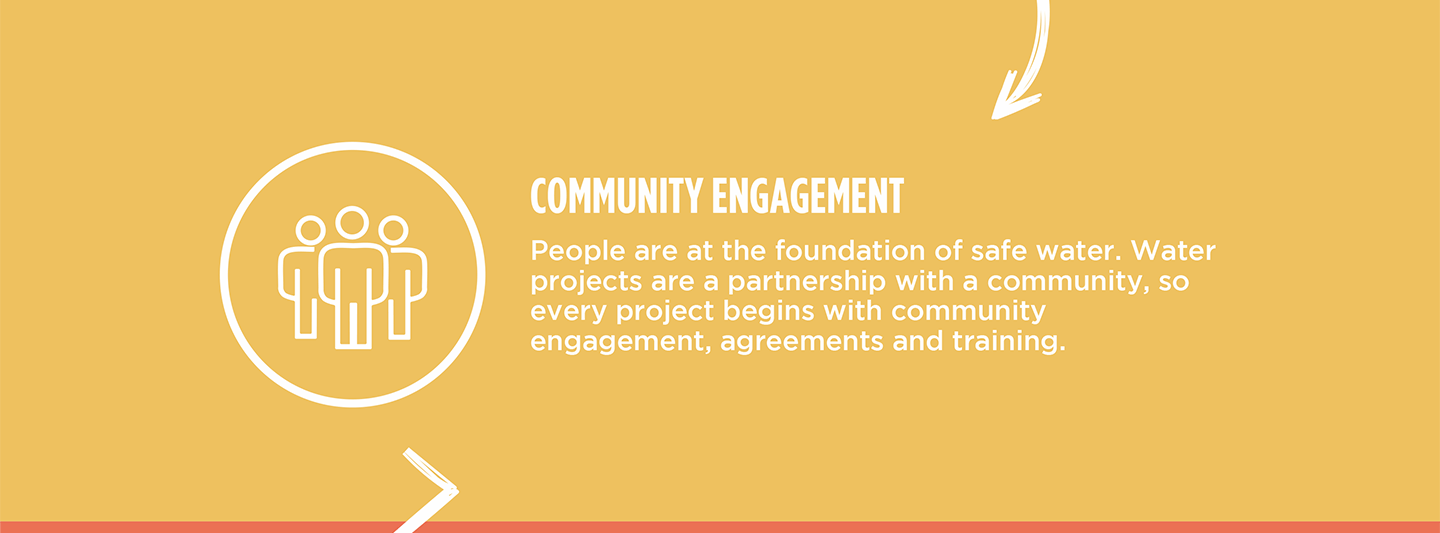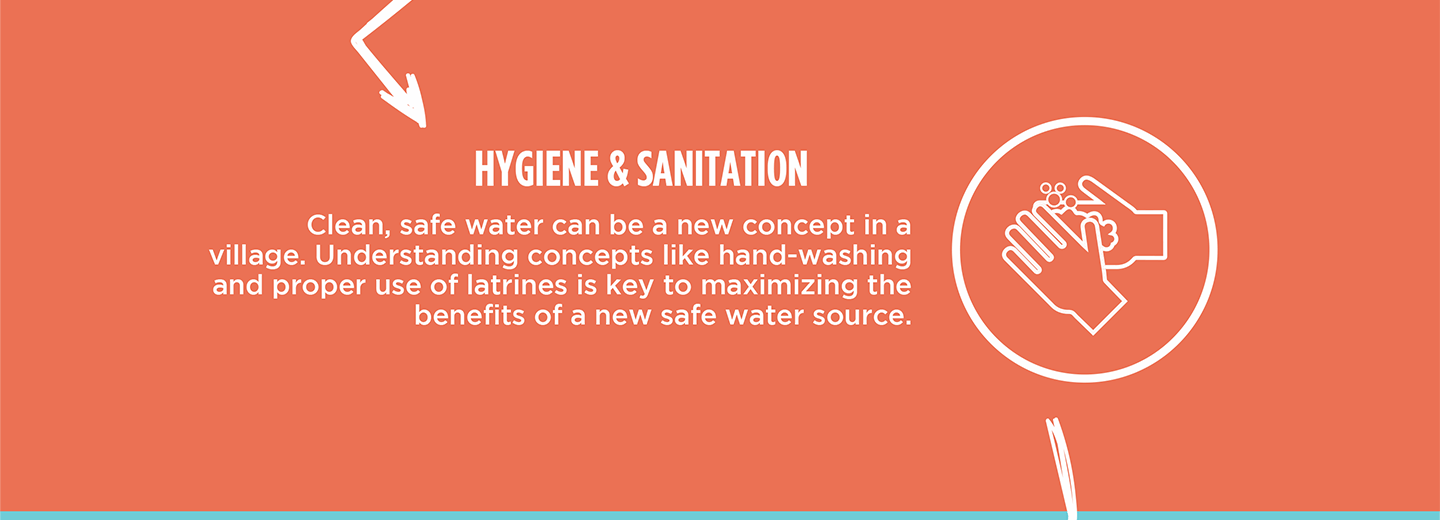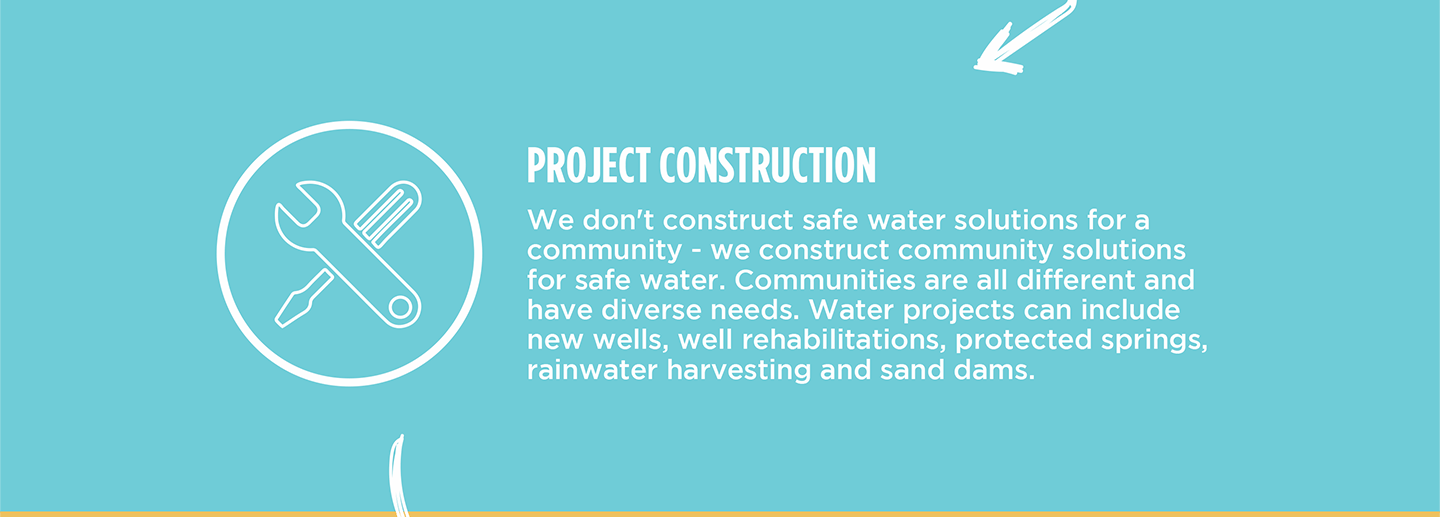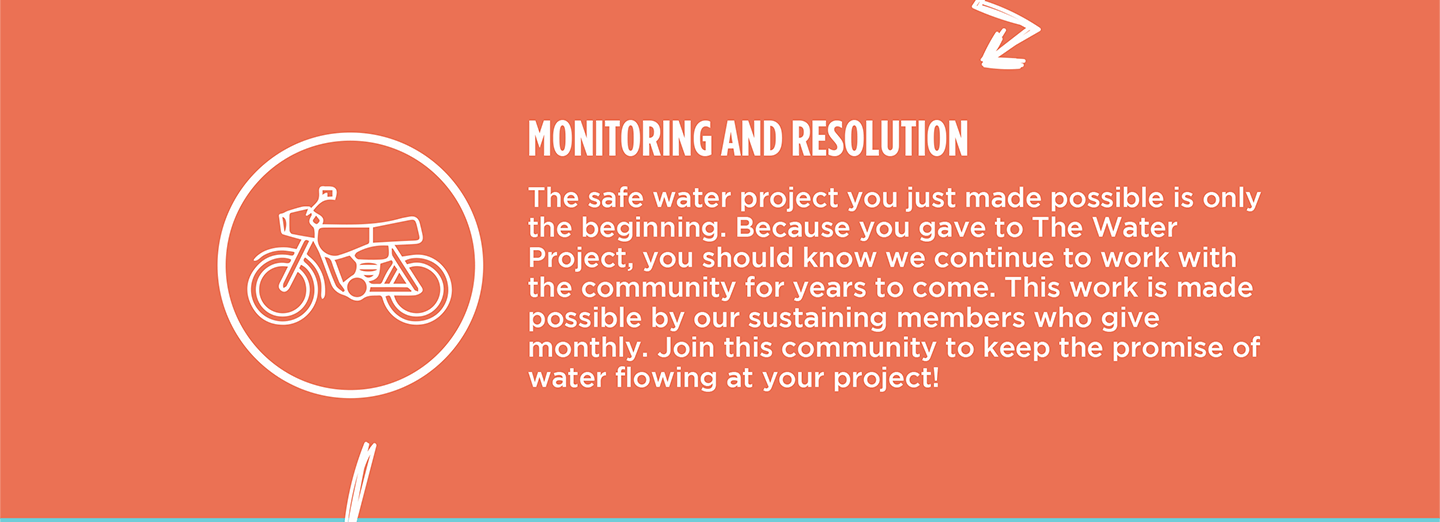Every day, the 192 young students of Kaliluni Primary School must carry a jerrycan of water and a log of firewood with them to school along with their books and papers. By the time they sit down in class, they are already tired, which makes it difficult for them to concentrate in class.
Even with the water students bring, there is never enough for all the school's needs. The school's largest rain tank is broken, its guttering system disconnected. The other three are small, emptying almost as soon as they fill up with rain.
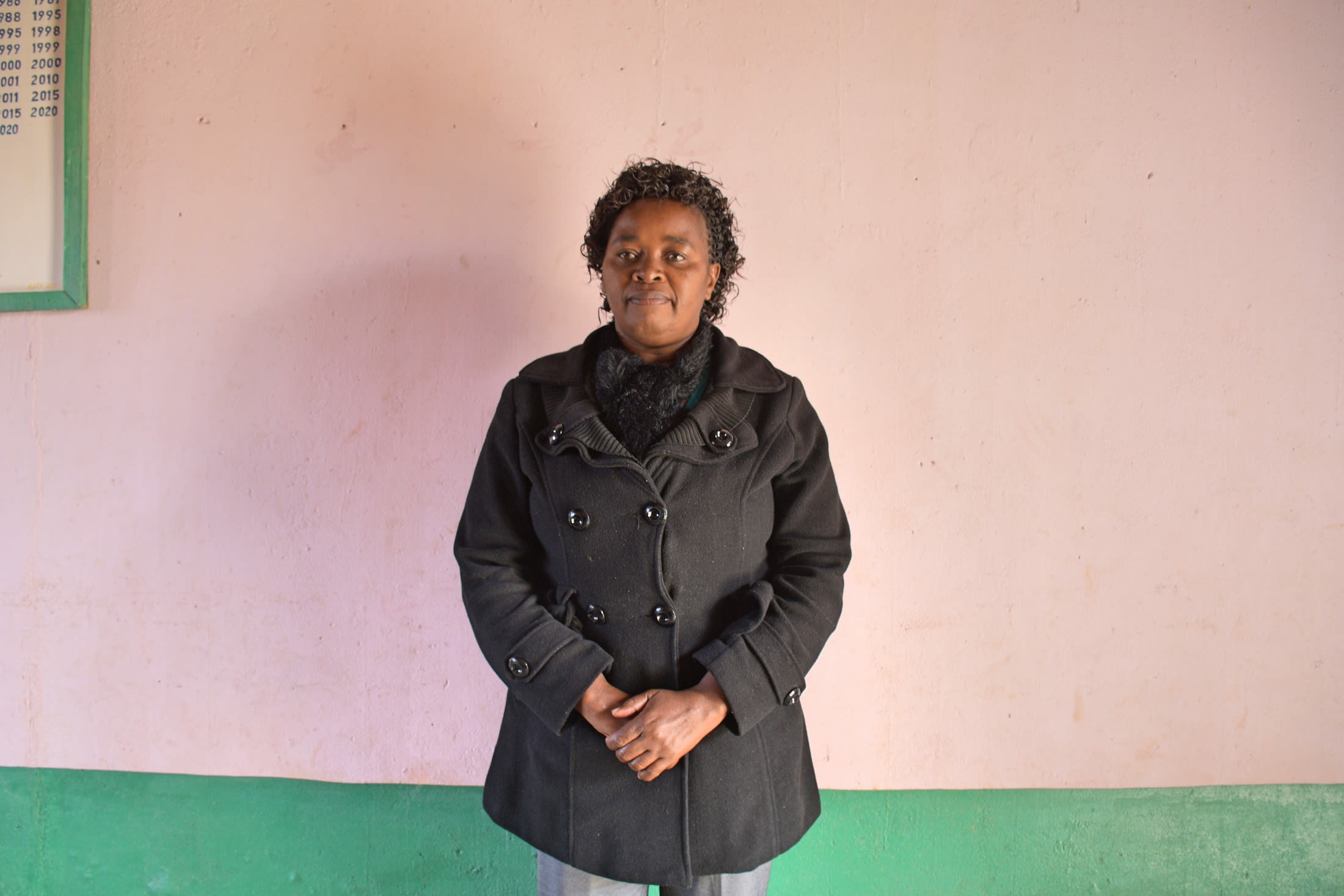
"We desperately depend on rainwater," said the school's headteacher, Elizabeth Maundu (pictured above). "The tanks in the school do not support us for quite long. After rains, the school utilizes the water for around a month. Thereafter, the school plunges into a water scarcity problem.
"Being the head of the school and having come from a different county that has water makes a very big difference for me. Although I have tried very much to adapt, things seem to be [out of control]. Watching pupils report to school in the morning with water and firewood makes me feel bad. It lowers my courage to work."
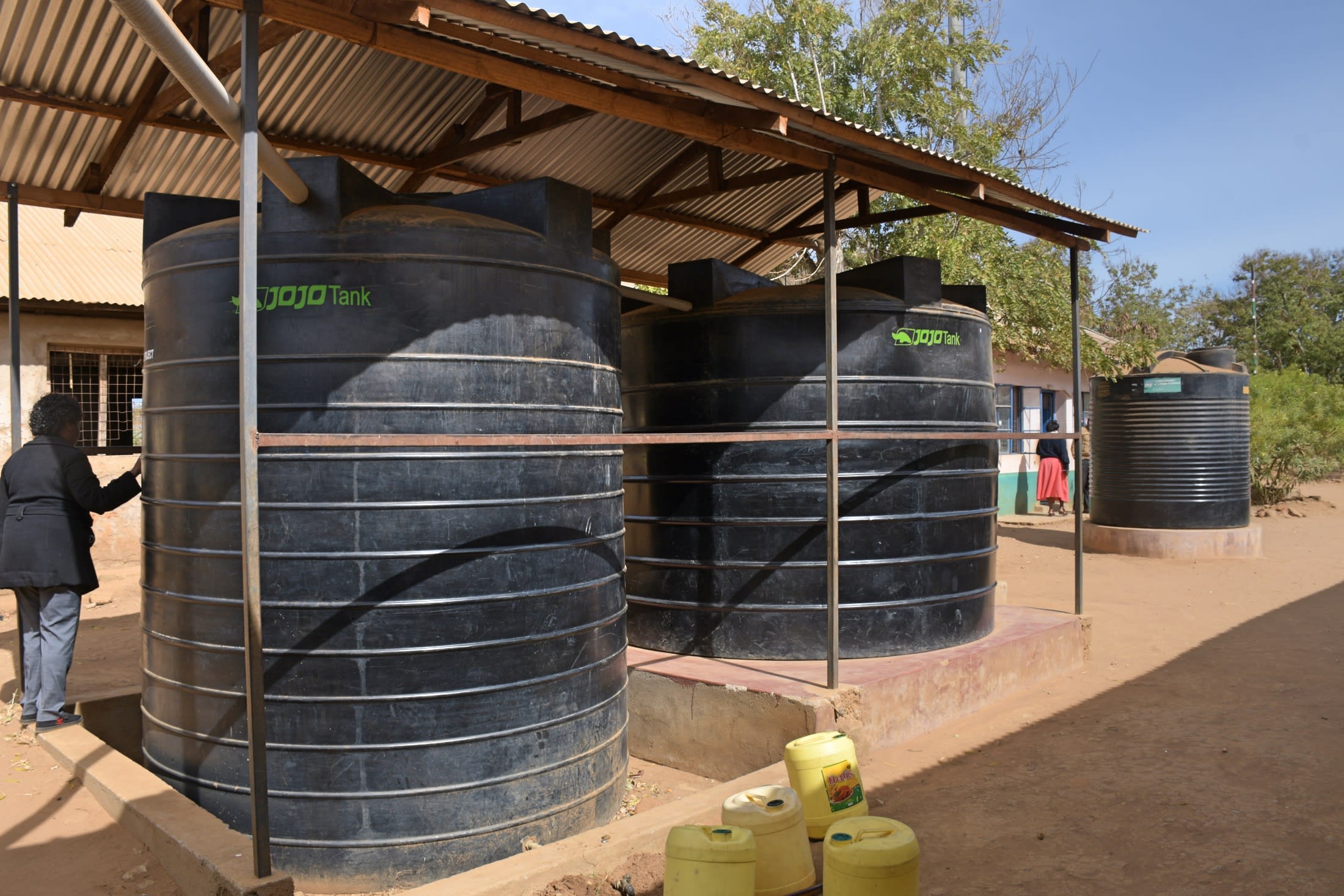
Ms. Maundu knows firsthand the toll the water crisis is taking on the students.
"We are unable to carry out government agriculture projects imposed in the new program. We are forced to request pupils to carry water with their jerrycans to the school every single morning, making it hard for them to even love school. Actually, it becomes a burden to them. They often collect water from unknown sources; hence when they drink it, they occasionally fall sick."
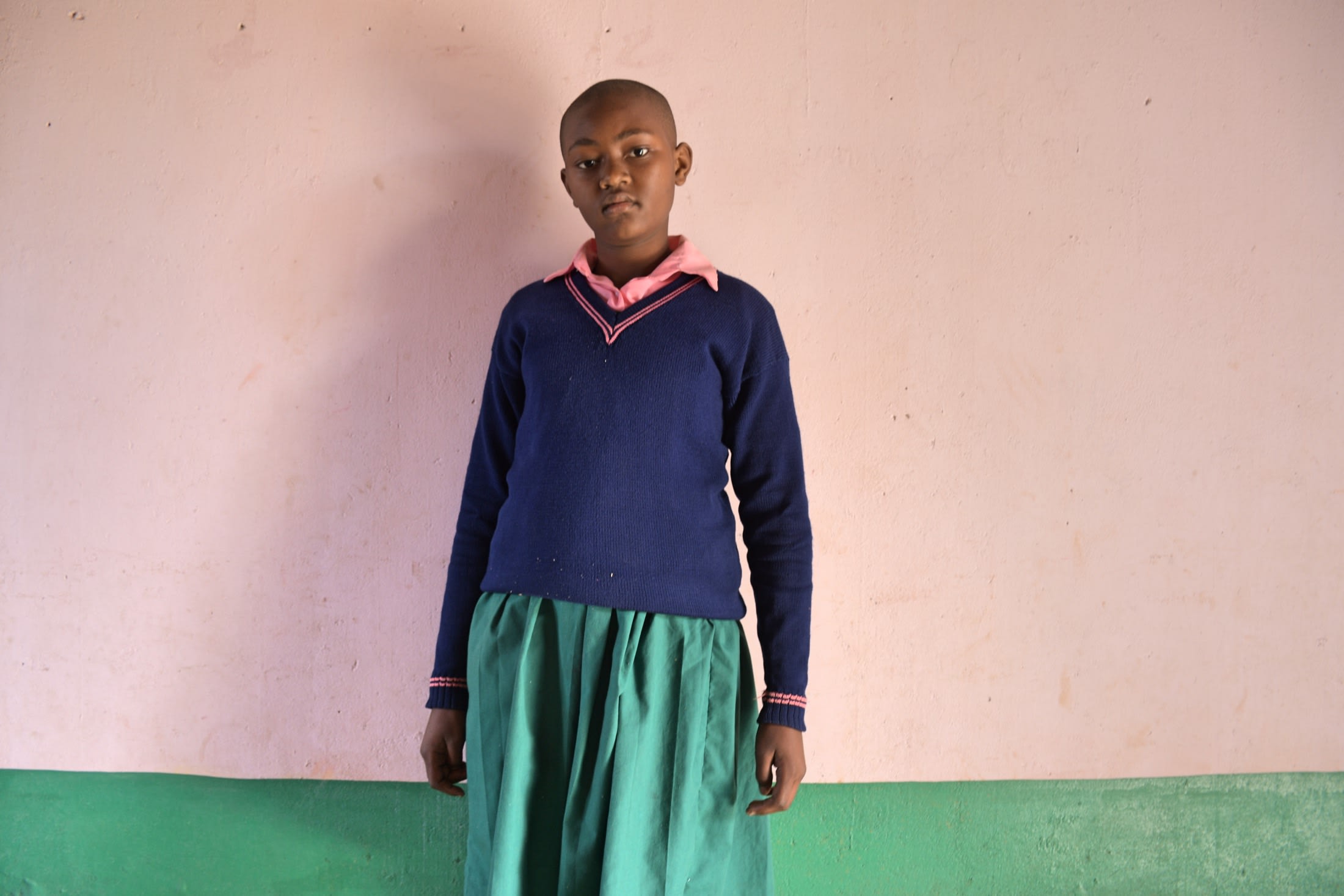
"I have been in this school for quite some time, and I have watched the hygiene and sanitation deteriorate day in and day out," said 13-year-old Jane. "I feel guilty living in a school that doesn't have a tree nursery, even. I wish to be an agriculturist, [but] I have failed to practice in my school due to [the] inadequate water supply."
The unclean environment likely serves to worsen the students' health along with drinking the dubious water they collect on their way to school. But a larger capacity rain tank will take full advantage of the limited rain that falls in this region. The tank will retain more water with each storm so their reserves will hopefully last them through the dry periods.
"Now, eyeing a water tank will boost me a lot," Ms. Maundu said. "I hope [with the new rain tank] I will have a good life in school, my pupils will be at peace, and we shall excel very well come exams."
Rain Tank
We will build a 104,000-liter rain tank for this school, making the others look tiny in comparison. Because of how rarely it rains in Southeastern Kenya, this tank's large volume is designed to store as much water as possible during the seasonal rains, making more water available through the dry months. This water will benefit the students, teachers, and supplementary staff.
Parents will mobilize the materials needed for construction, including sand, stones, and water. They will also lend their strength and time to help with the construction. We will complement their materials with a skilled artisan to lead the project in addition to providing the tools, lumber, metal, cement, and gutter system.
As soon as the tank has time to cure, it can begin collecting rainwater for the school's use.
Training
We will train students and staff on sanitation, hygiene, and other topics for 1 day. Those in attendance will form a school health club that will promote good hygiene and sanitation practices both at school and at home. They will learn all of the steps to proper handwashing, how to treat water, and how to keep their environment clean. The school will also be taught how to best oversee and maintain their new rain tank and handwashing stations.
Handwashing Stations
A total of 3 handwashing stations will be installed upon the project’s completion and before training. These are 1,000-liter plastic tanks fitted with 3 taps each, allowing 9 students to wash their hands at once. The student health club and school management will be responsible for making sure the tanks are filled with water and that a cleaning agent such as soap or ash is always available.




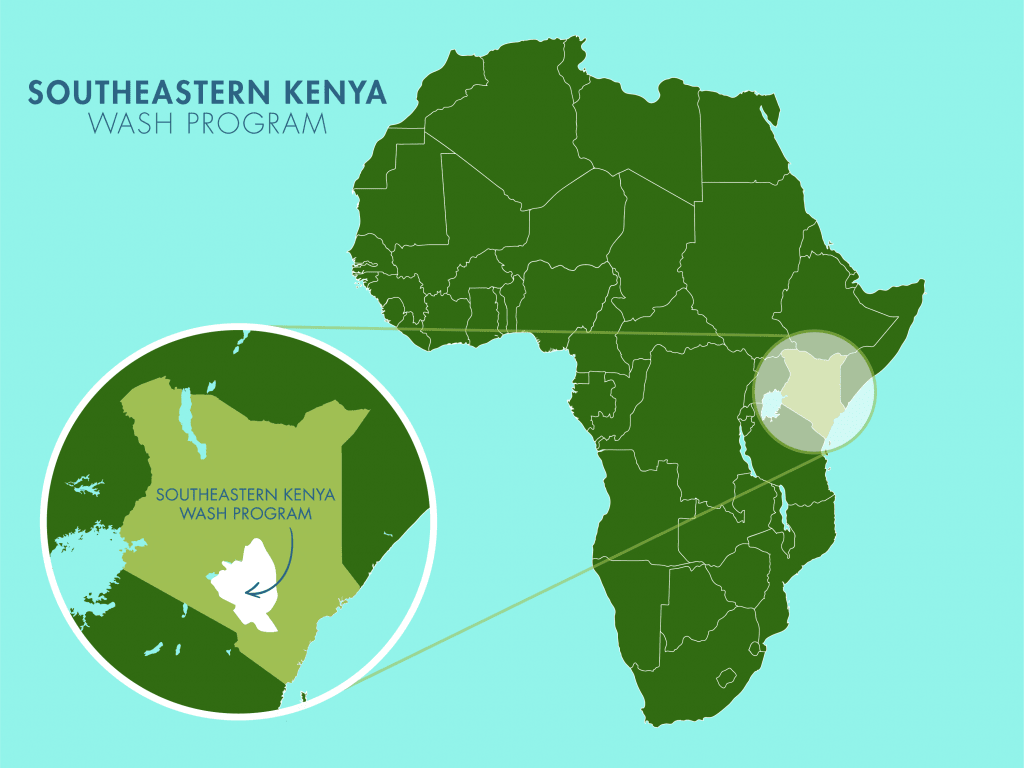
 Rainwater Catchment
Rainwater Catchment
 Rehabilitation Project
Rehabilitation Project

